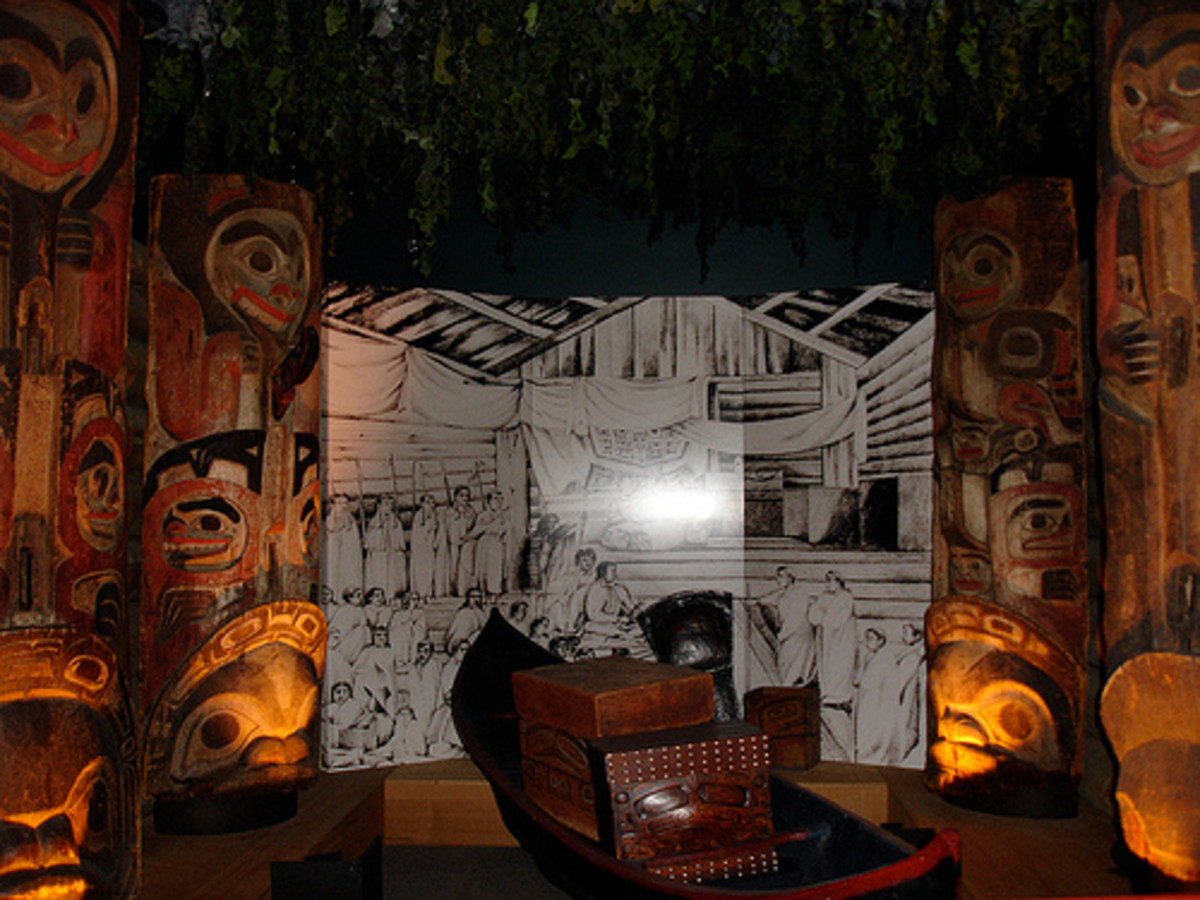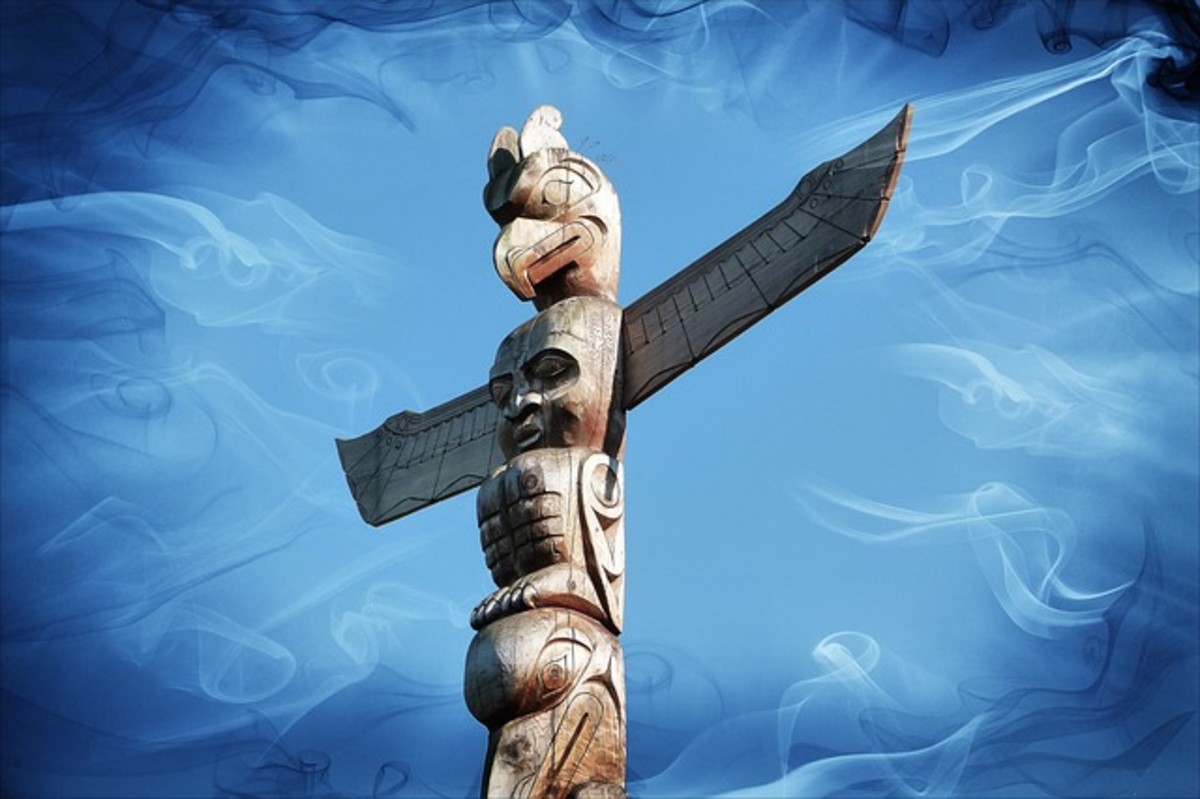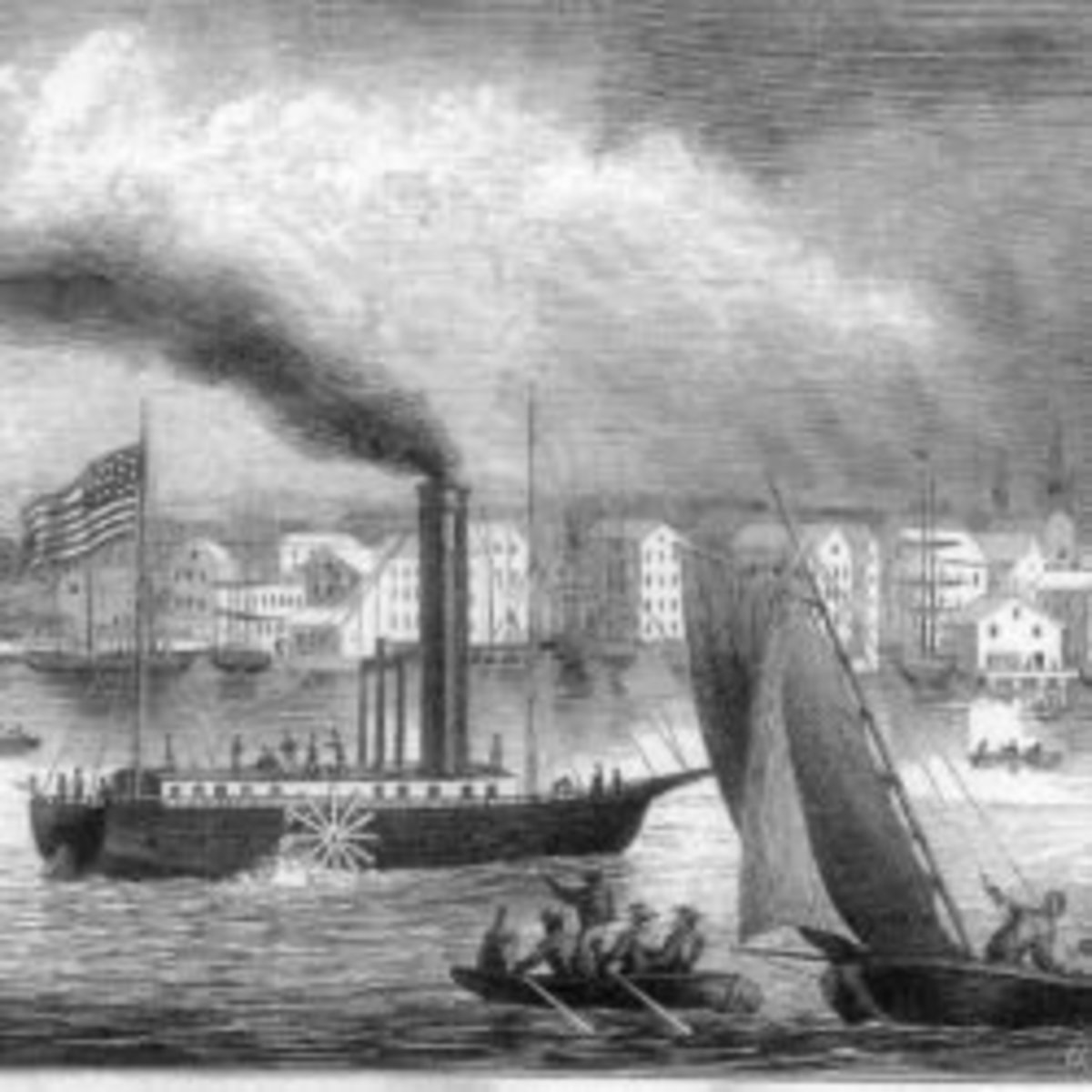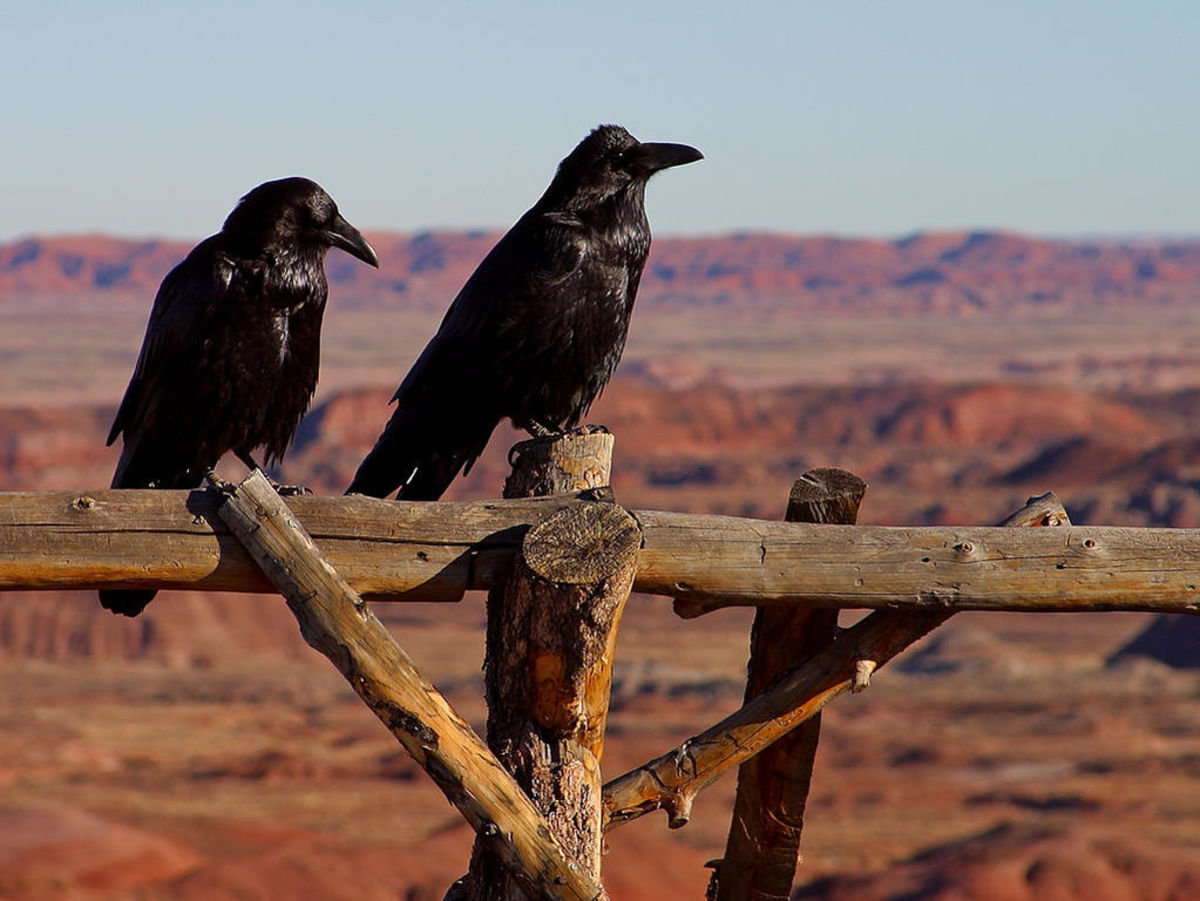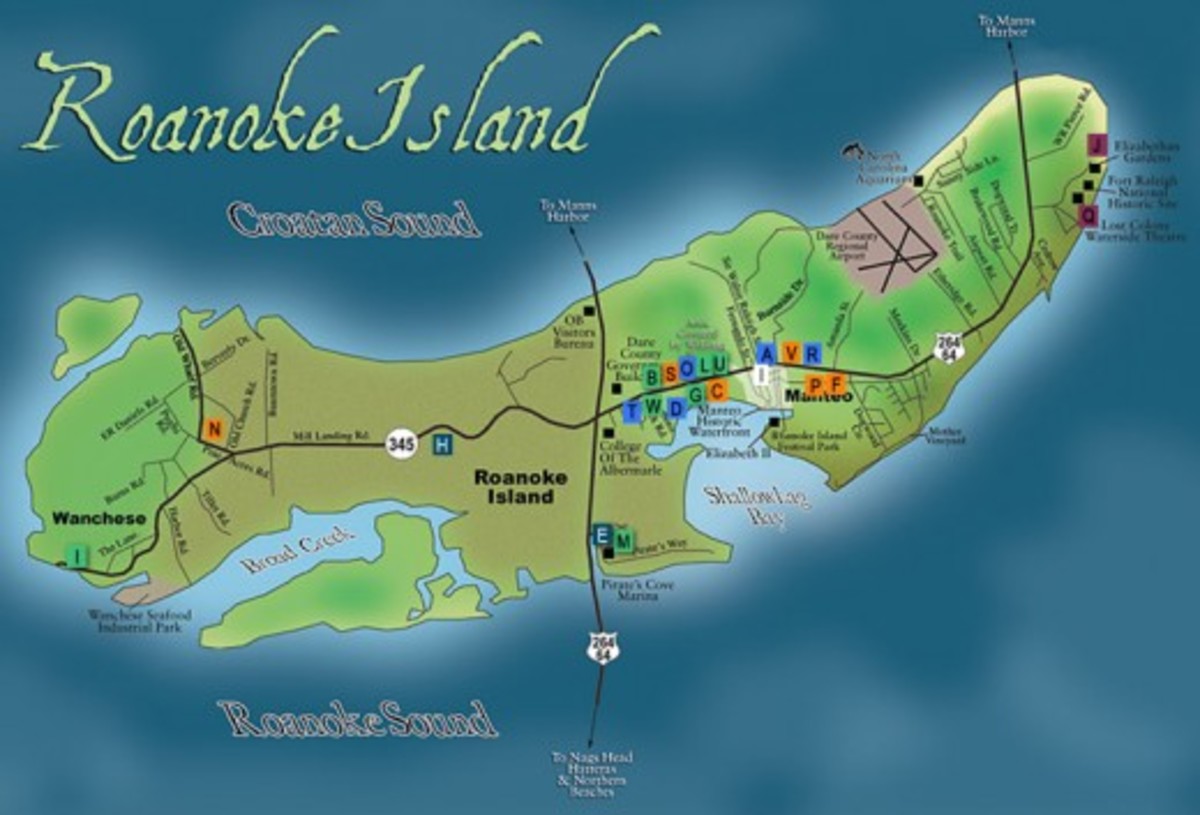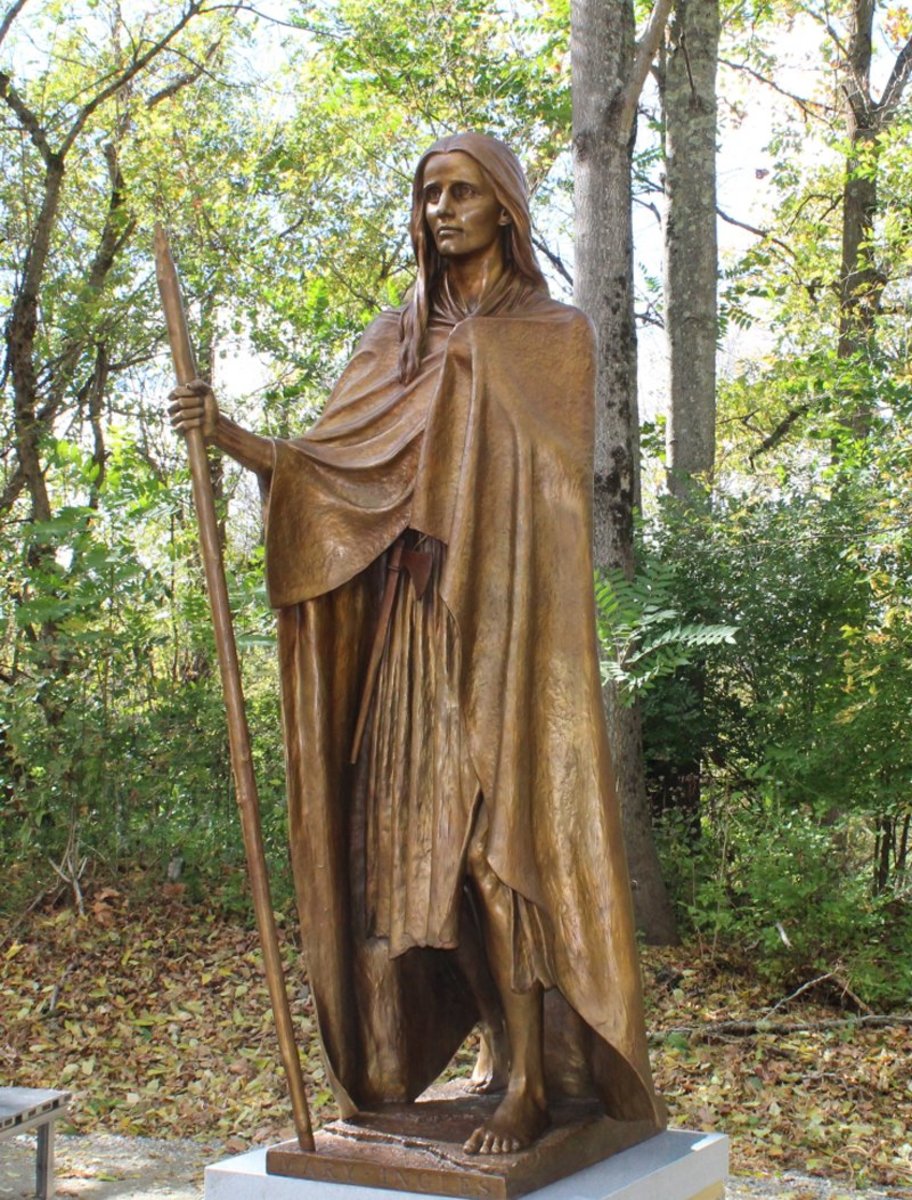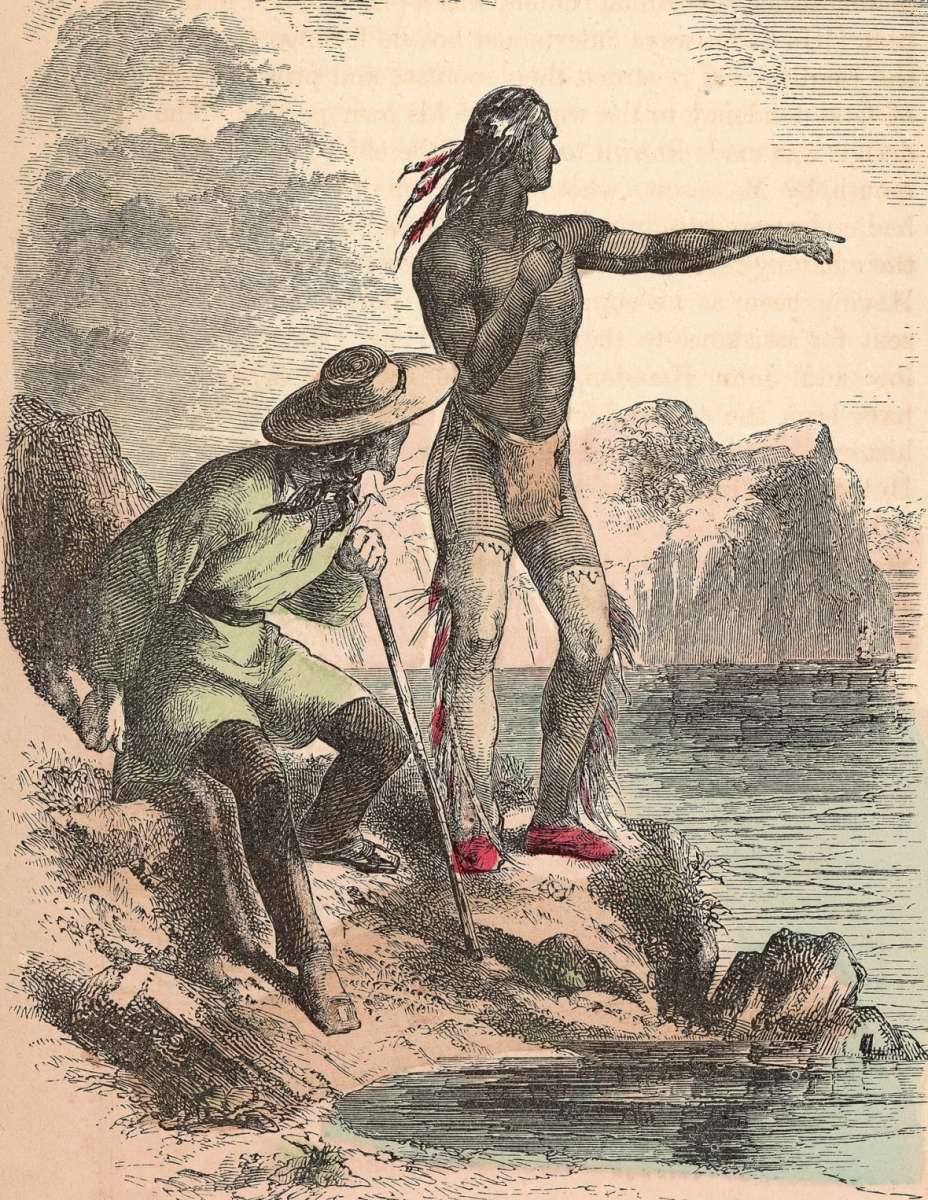- HubPages»
- Education and Science»
- History & Archaeology»
- History of the Americas»
- American History
Alaska- America A to Z
On January 3, 1959, Alaska, also known as "The Last Frontier," entered the Union as America's 49th State. Alaska is our largest state (twice the size of Texas), but ironically is home to one of the nation's smallest populations. Boasting an area of 571,952 square miles and 6,640 miles of coastline (more than all other states combined), Alaska claims the most productive fishing industry in our country. The state fish is the "King Salmon." Other state symbols include the Willow Patarmigan (State Bird), Skimmer dragonfly (State Insect), Bowhead whale (State Sea Mammal), moose (State Land Mammal), and my favorite of all extinct animals, the Woolly Mammoth (State Fossil).
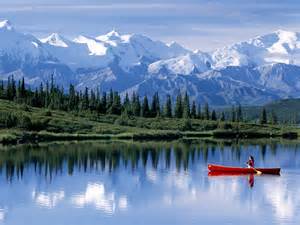
Native Alaskans
Alaska's first inhabitants were members of the Tlingit, Haida, Aleut and Athabasca tribes, as well as the Inupiaq and Yupik Eskimos. The Tlingit and Haida tribes lived along the coast in Alaska's panhandle, where the Tlingit tribe would travel up to 1,000 miles to engage in trade with the peoples of the Pacific Northwest. Known for their ferocity in war, the Tlingit would successfully drive out the first Russians to arrive on their shores and set up trading posts, but this would only be a temporary setback for Russian exploration.
The Haida
The Haida, arriving at the southern tip of the panhandle during the early 1700's, had migrated from Canada and were renown for their expertise in building canoes. The area's plentiful forests provided material for both their canoes and the wooden clan houses in which they lived.
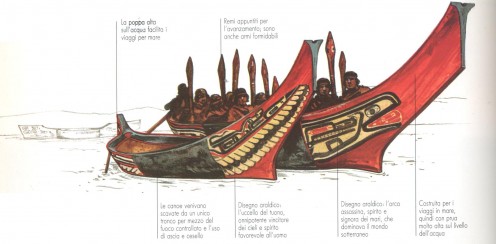
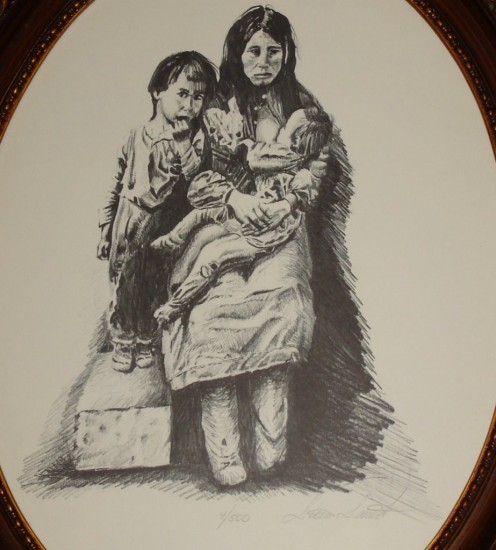
The Athabascan
The Athabascan people made their home in Alaska's interior, where they lived a nomadic lifestyle, migrating with the season and traveling in small groups of twenty to forty people. Their housing was traditional, as clans established home bases along their hunting routes. All families members attended both "fish camp," when the salmon came, and "winter camp," which was deemed "the time we gather together." Fishing, trapping, and hunting provided food; canoes and sleds afforded them transportation; caribou and moose hide were used for clothing.
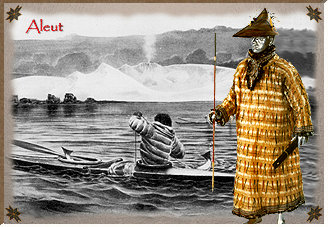
The Aleut
The Aleuts based their entire culture on the sea that surrounded their home in the Aleutian Islands. Creatures from the sea provided food and fuel for heat, as well as skins used for shelters and clothing. Their main mode of transportation was the kayak (covered with skins), which they used for hunting, trading, and raiding. Note, Alaska's name, is in fact, derived from the Aleut word " Alyeska" meaning "great land."
Alaska Today
Today, Alaska's diverse Native peoples remain a strong presence in Alaska, comprising approximately 16% of the state's population. Rapid changes in communications, transportation, and other services to remote villages have dramatically changed Native life. The Alaska Native Claims Settlement Act of 1971 gave Natives rights to about 10% of Alaska and nearly $1 billion dollars and effectively ended their ability to live a complete subsistence lifestyle. Even the most remote villages, which may be hundreds of miles from the nearest road, are connected to modern technology and have television, phones, and Internet access (at least in the local school). Snowmobiles have largely replaced sled dogs in the interior.

